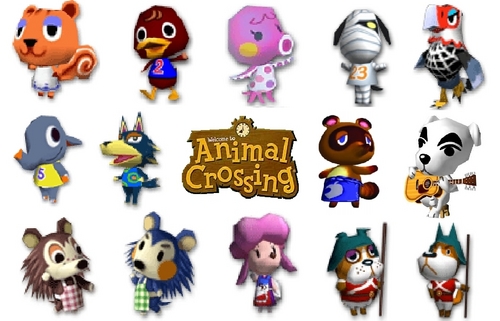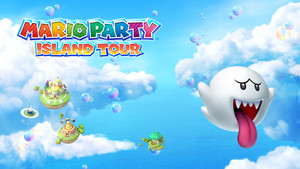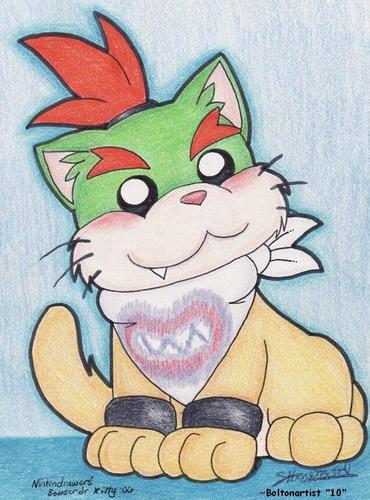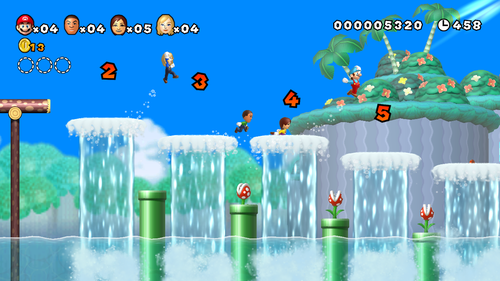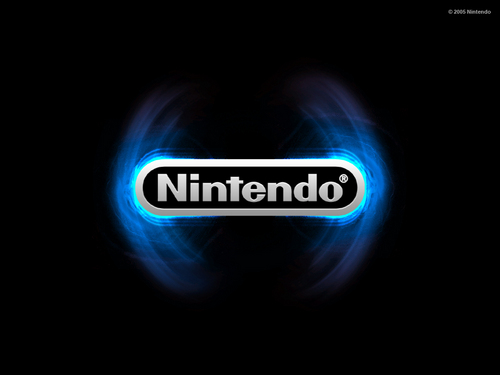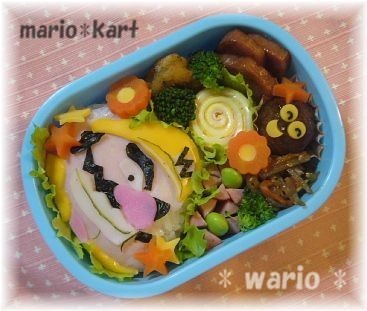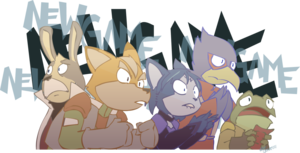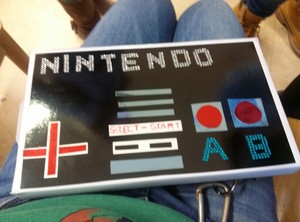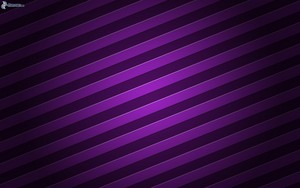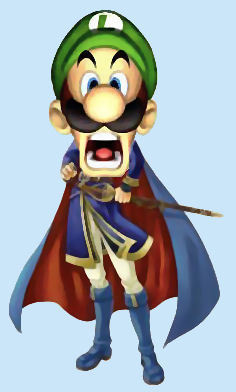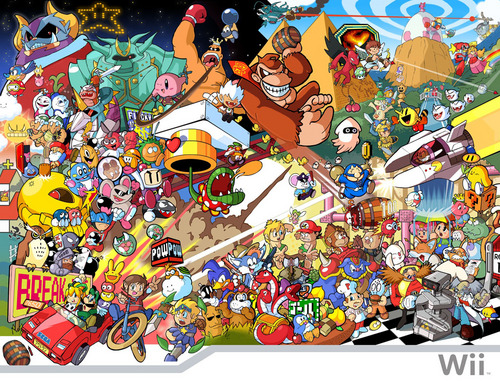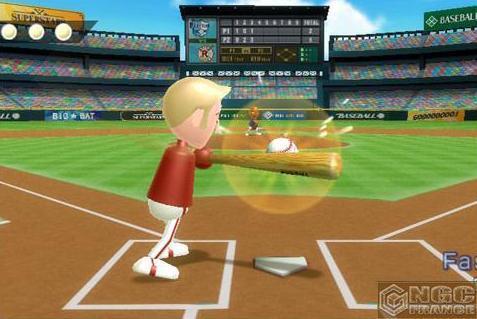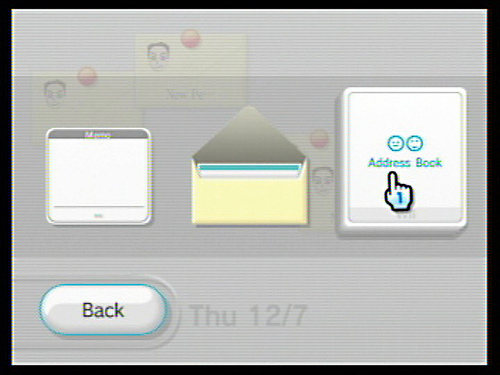Although North America identifies Nintendo products from 1995 as reflective of this change, 2001 is the first year of the Neo-Nintendo period to dispense with narrative convention and Nintendo-Formalist style for a sustained period of time. 2006 is the year that concluded what had been, for Nintendo, a stylistically progressive sequence of featured released video game - defined in this article as the Neo-Nintendo period - that broke with the hyperrealist conventions most commonly associated with the video game company's output. It is this critically neglected sequence of video games, comprising the years 2001 (like The Legend Of Zelda: Ocacle Of Ages and The Legend Of Zelda: Oracle Of Seasons), 2002 (like Super Mario Sunshine), 2003 (like Kirby Air Ride), 2004 (like Paper Mario: The Thousand Year Door), 2005 (like Mario Kart DS) and 2006 (like The Legend Of Zelda: Twilight Princess), as well as the 3 Nintendo systems, GameBoy Advance (2001), Nintendo GameCube (2001) and Nintendo DS (2004) which provide the focus of this article. By analysing the artistic and narratological composition of these video games from 2001-2006 like Pokemon Ruby and Sapphire and Mario Kart Double Dash, this article seeks to demonstrate that the video game company's feature video game department is more heterogeneous and progressive than received notions of Nintendo allow for.
Examples of Nintendo products that were in this era:
Super Mario Advance, Luigi's Mansion, Golden Sun, Super Smash Bros. Melee, Pikmin, Super Mario Sunshine, Animal Crossing, Metroid Prime, Metroid Fusion, Kirby: Nightmare In Dreamland, Pokemon Ruby and Sapphire, The Legend Of Zelda: The Wind Waker, Mario Golf: Toadstool Tour, F-Zero GX, Super Mario Advance 4, Mario Kart Double Dash, Mario & Luigi: Superstar Saga, Pokemon Colossum, Pokemon FireRed and Leaf Green, Metroid Zero Mission, Kirby & The Amazing Mirror, Mario Power Tennis, Paper Mario: The Thousand Year Door, Metroid Prime 2: Echoes, Super Mario 64 DS, The Legend Of Zelda: The Minish Cap, Wario Ware Twisted, Pokemon Emerald, Star Fox Assault, Mario Superstar Baseball, Pokemon XD, Mario Kart DS, Animal Crossing: Wild World, Brain Age, Tetris DS, Metroid Prime Hunters, New Super Mario Bros., Star Fox Command, Elite Beat Agents, Yoshi's Island DS and The Legend Of Zelda: Twilight Princess
Examples of Nintendo products that were in this era:
Super Mario Advance, Luigi's Mansion, Golden Sun, Super Smash Bros. Melee, Pikmin, Super Mario Sunshine, Animal Crossing, Metroid Prime, Metroid Fusion, Kirby: Nightmare In Dreamland, Pokemon Ruby and Sapphire, The Legend Of Zelda: The Wind Waker, Mario Golf: Toadstool Tour, F-Zero GX, Super Mario Advance 4, Mario Kart Double Dash, Mario & Luigi: Superstar Saga, Pokemon Colossum, Pokemon FireRed and Leaf Green, Metroid Zero Mission, Kirby & The Amazing Mirror, Mario Power Tennis, Paper Mario: The Thousand Year Door, Metroid Prime 2: Echoes, Super Mario 64 DS, The Legend Of Zelda: The Minish Cap, Wario Ware Twisted, Pokemon Emerald, Star Fox Assault, Mario Superstar Baseball, Pokemon XD, Mario Kart DS, Animal Crossing: Wild World, Brain Age, Tetris DS, Metroid Prime Hunters, New Super Mario Bros., Star Fox Command, Elite Beat Agents, Yoshi's Island DS and The Legend Of Zelda: Twilight Princess
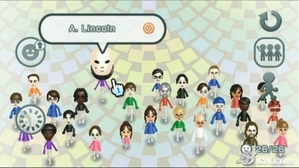
The Mii Plaza where all the Mii's you have made gather





